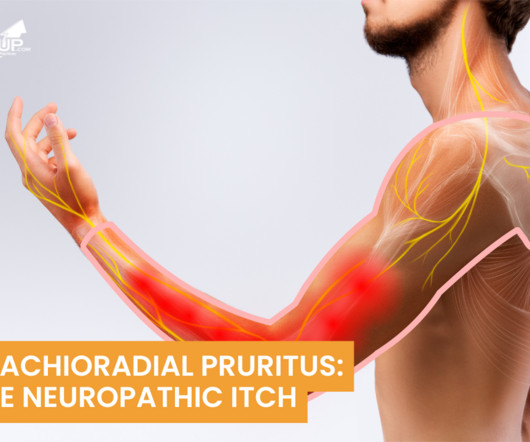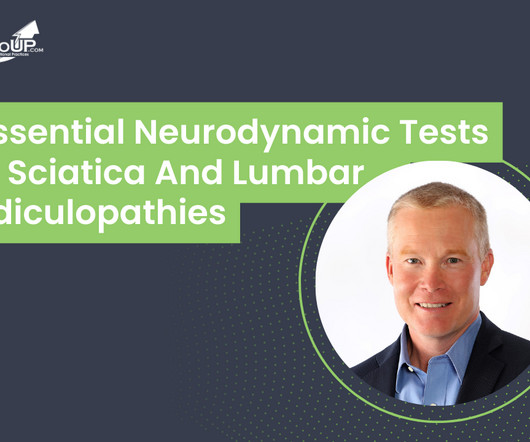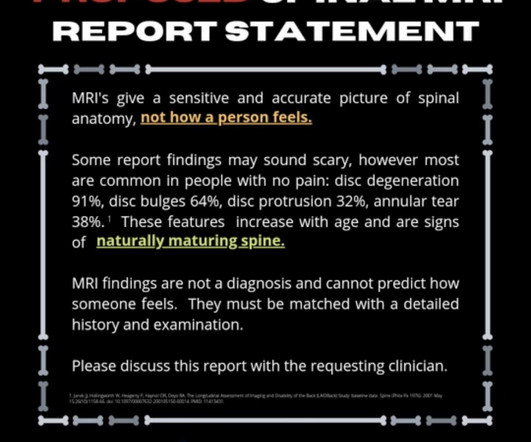Brachioradial Pruritus: The Neuropathic Itch Every DC Should Recognize
ChiroUp
JANUARY 2, 2025
radiculopathy, lupus, herpes zoster, stroke, or multiple sclerosis. A brachioradial pruritus diagnosis is primarily accomplished through clinical history and physical examination. Brachioradial pruritis differential diagnosis considerations: It is crucial to exclude dermatological causes like eczema or contact dermatitis.













Let's personalize your content